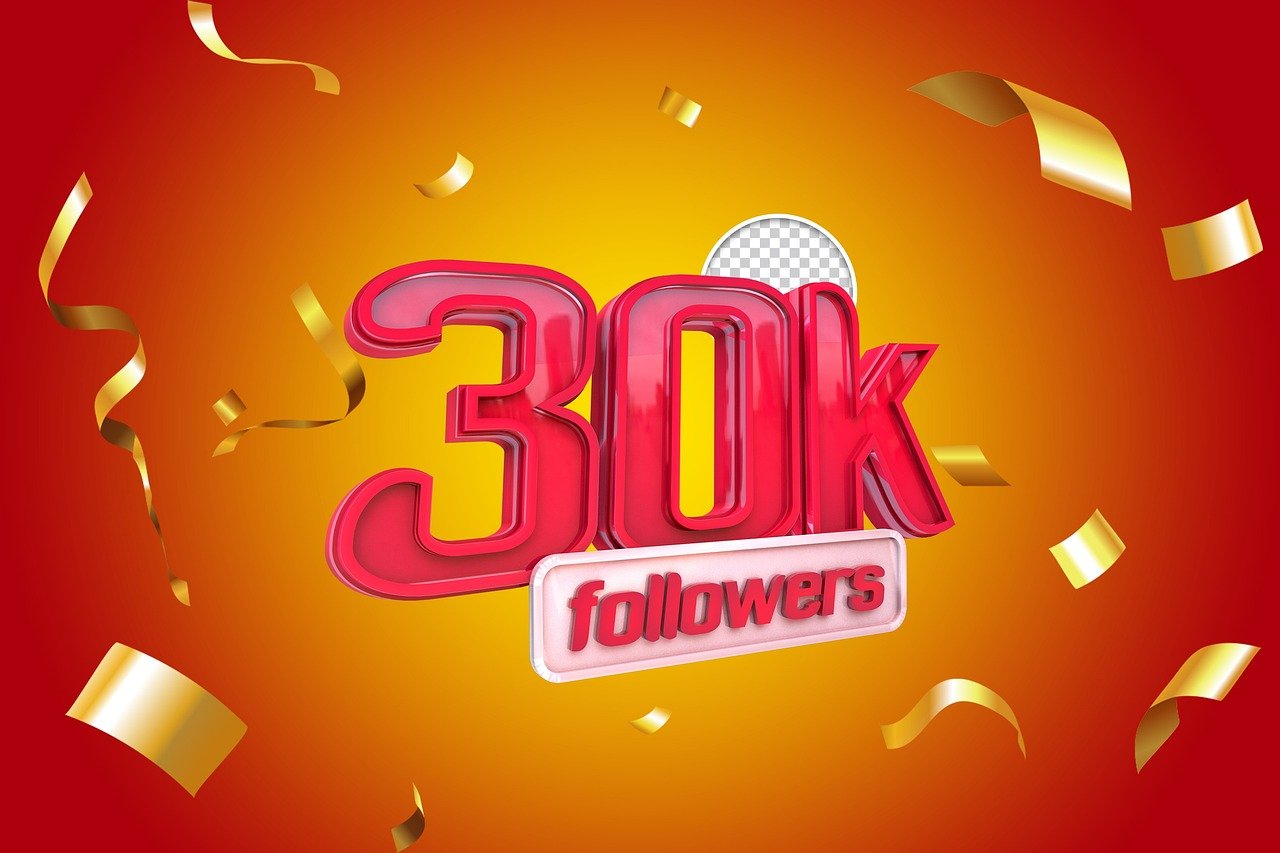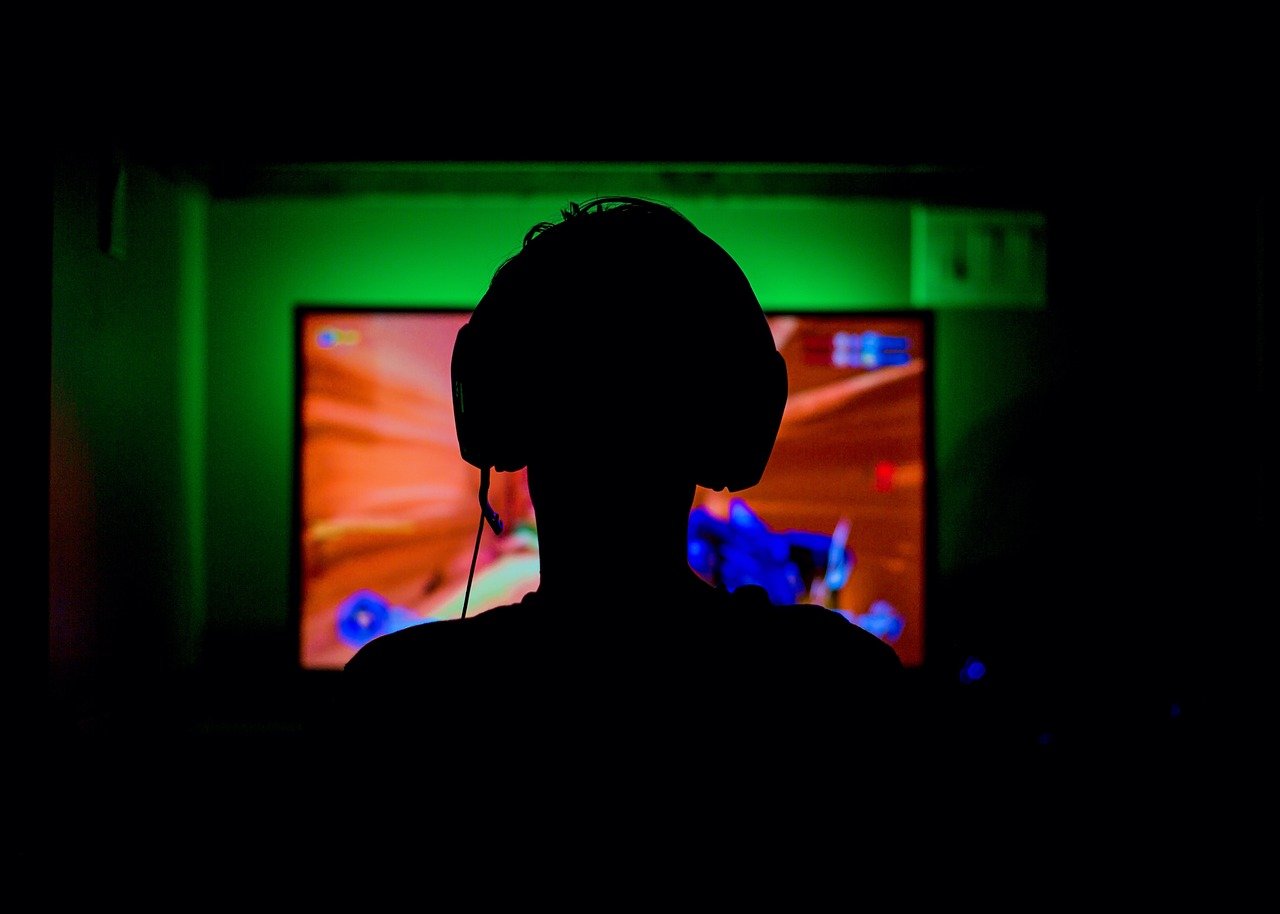What Does IoT Stand For in Terms of 5G Technology?
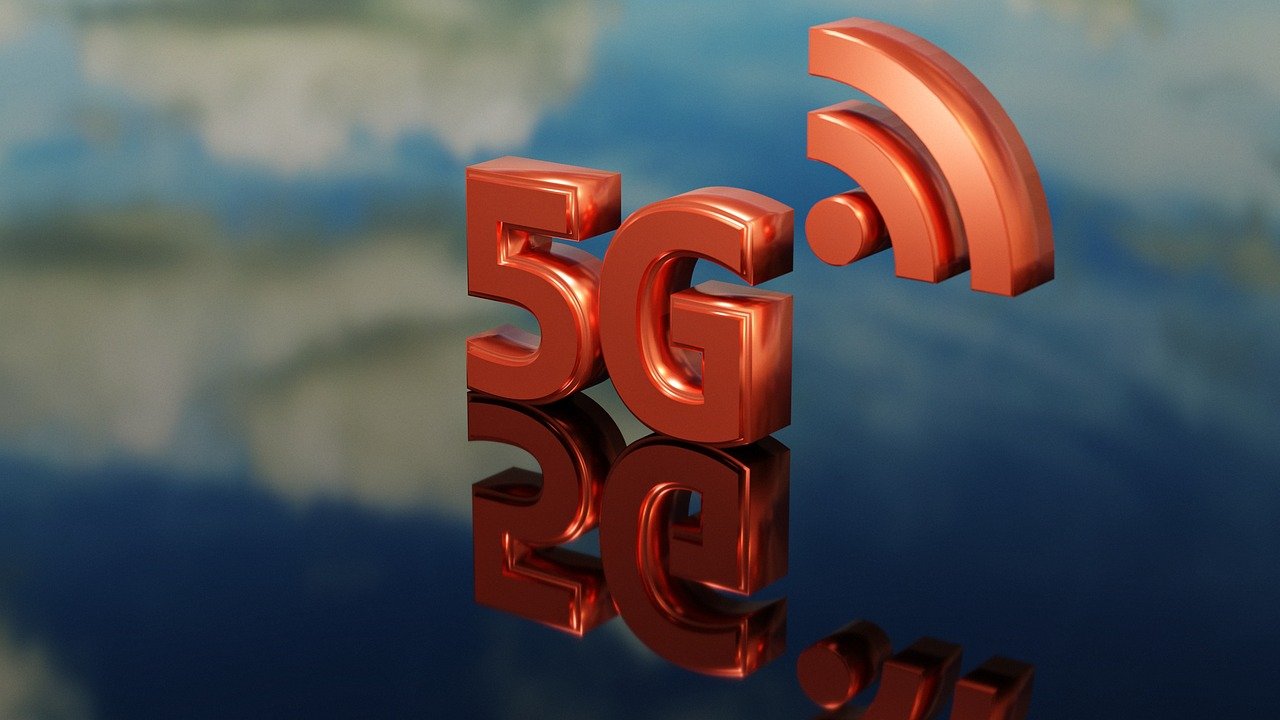
Introduction
The convergence of the Internet of Things (IoT) and 5G technology marks a pivotal moment in the technological landscape. As we stand on the brink of a hyper-connected future, understanding the interplay between IoT and 5G is crucial. This article delves into what IoT stands for in terms of 5G technology, exploring its implications, benefits, and the transformative potential it holds for various industries.
Understanding IoT in the Context of 5G Technology
The Basics of IoT
The Internet of Things (IoT) is a network of physical items implanted with software, sensors, and other technologies that communicate and share data with other gadgets and systems via the Internet. These objects, ranging from household appliances to industrial machinery, are capable of collecting and transmitting data autonomously, facilitating smarter and more efficient operations.
The Evolution of 5G Technology
5G technology represents the fifth generation of mobile networks, promising unprecedented speeds, lower latency, and greater connectivity. Unlike its predecessors, 5G is designed to connect virtually everyone and everything, including machines, objects, and devices, thus laying the groundwork for a fully connected world.
The Symbiotic Relationship Between IoT and 5G Technology
Enhanced Connectivity
5G’s enhanced connectivity capabilities are a game-changer for IoT. With its ability to support up to a million devices per square kilometer, 5G ensures that IoT devices can operate seamlessly in densely populated areas. This improved connectivity is vital for applications such as smart cities, where numerous devices need to communicate in real-time to manage resources efficiently.
Ultra-Low Latency
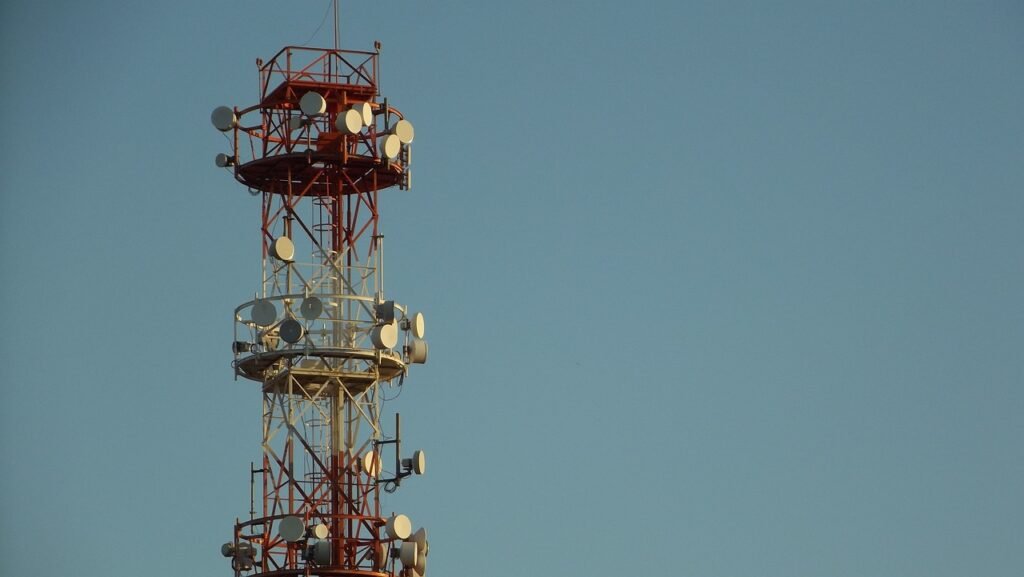
One of the standout features of 5G is its ultra-low latency, which is the delay before a transfer of data begins following an instruction for its transfer. For IoT applications that require real-time processing and immediate responses, such as autonomous vehicles and remote surgery, this reduced latency is critical.
Massive IoT
The concept of Massive IoT refers to the ability of 5G to connect a vast number of low-power, low-cost devices. This capability is essential for applications such as smart agriculture, where numerous sensors are deployed across large areas to monitor environmental conditions and manage resources.
Implications of IoT and 5G Integration
Smart Cities
The integration of IoT and 5G is set to revolutionize urban living. Smart cities leverage IoT devices to collect data on various parameters such as traffic flow, energy usage, and air quality. With 5G’s robust connectivity, this data can be analyzed in real-time to optimize city operations, improve public services, and enhance the quality of life for residents.
Healthcare
In the healthcare sector, the combination of IoT and 5G Technology holds the promise of significant advancements. IoT devices, such as wearable health monitors, can continuously track patients’ vital signs and transmit the data to healthcare providers over a 5G Technology network. This real-time monitoring enables timely interventions and personalized care, ultimately improving patient outcomes.
Industrial Automation
The manufacturing industry stands to gain immensely from IoT and 5G integration. IoT sensors can monitor equipment performance and predict maintenance needs, while 5G’s high-speed connectivity allows for real-time control of machinery. This leads to increased efficiency, reduced downtime, and enhanced productivity in manufacturing processes.
Autonomous Vehicles
Autonomous vehicles rely heavily on the ability to process vast amounts of data in real time. The low latency and high reliability of 5G networks make it possible for these vehicles to communicate with each other and with traffic management systems instantly. This seamless communication is crucial for safe and efficient autonomous driving.
Agriculture
Smart agriculture, powered by IoT and 5G, enables farmers to monitor and manage their crops with greater precision. IoT sensors can track soil moisture, temperature, and nutrient levels, while 5G connectivity ensures this data is transmitted in real time. This allows for data-driven decisions that optimize crop yields and reduce resource wastage.
Challenges and Considerations
Security Concerns
The widespread deployment of IoT devices raises significant security concerns. Ensuring robust security measures and protocols is essential to protect sensitive data and maintain the integrity of IoT networks.
Infrastructure Requirements
Implementing 5G and IoT infrastructure requires substantial investment. Building the necessary infrastructure, such as 5G towers and IoT sensors, can be costly and time-consuming. Governments and private sectors need to collaborate to overcome these financial and logistical challenges.
Data Management
The sheer volume of data generated by IoT devices presents a significant challenge in terms of storage, processing, and analysis. Efficient data management systems are required to handle this influx of information and extract valuable insights.
Future Prospects of IoT and 5G Technology
As technology continues to evolve, we can expect even more innovative applications and solutions to emerge. The combination of IoT and 5G Technology will drive the development of smart infrastructures, enhance industrial automation, and improve the overall efficiency and sustainability of various sectors.
AI and Machine Learning Integration
The integration of Artificial Intelligence (AI) and Machine Learning (ML) with IoT and 5G will unlock new possibilities. AI and ML can analyze the vast amounts of data generated by IoT devices, providing actionable insights and enabling predictive maintenance, anomaly detection, and optimized operations.
Edge Computing
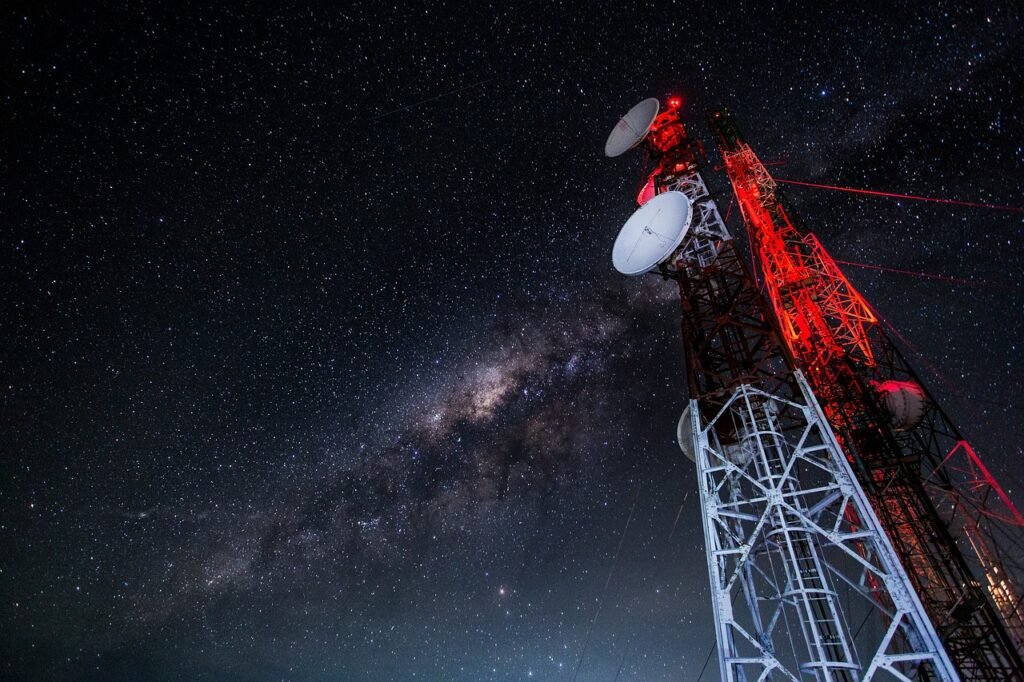
The edge computing approach reduces latency and bandwidth usage, making it ideal for IoT applications that require real-time data processing. With 5G’s high-speed connectivity, edge computing will become even more efficient and widespread.
Sustainable Development
IoT and 5G Technology can contribute significantly to sustainable development goals. Smart grids, for instance, can optimize energy consumption and reduce wastage, while smart water management systems can ensure efficient use of water resources. These technologies can help create a more sustainable and environmentally friendly future.
Further Implications of IoT and 5G Integration
Retail Transformation
The retail sector is poised for a significant transformation with the integration of IoT and 5G. Smart shelves equipped with IoT sensors can monitor inventory levels in real time and automatically reorder products when stock is low. Additionally, personalized shopping experiences can be enhanced through data collected from IoT devices, allowing retailers to tailor promotions and recommendations to individual customer preferences.
Smart Homes
Smart homes represent one of the most visible applications of IoT and 5G. From smart thermostats and lighting systems to security cameras and home assistants, IoT devices are making homes more convenient, efficient, and secure. With 5G, these devices can communicate more reliably and respond faster, offering a seamless smart home experience.
Transportation and Logistics
In the field of transportation and logistics, IoT and 5G enable real-time tracking and management of goods. IoT sensors can monitor the condition of perishable items during transit, ensuring they are stored at the correct temperature. Meanwhile, 5G connectivity allows for real-time updates on the location and status of shipments, enhancing efficiency and reducing the risk of delays.
Energy Management
The energy sector benefits from IoT and 5G through the development of smart grids. These grids use IoT sensors to monitor and manage energy distribution, ensuring optimal performance and reducing wastage. With 5G, the data collected from these sensors can be processed in real time, allowing for more responsive and adaptive energy management systems.
Innovations Driven by IoT and 5G Technology
Telemedicine
Telemedicine is set to become more advanced with the help of IoT and 5G. Wearable health devices can continuously monitor patients’ vital signs and transmit this data to healthcare providers instantly. This real-time monitoring enables more accurate diagnoses and timely interventions, particularly for chronic conditions.
Augmented Reality (AR) and Virtual Reality (VR)
The enhanced capabilities of 5G, combined with IoT, pave the way for more immersive AR and VR experiences. These technologies require high bandwidth and low latency, both of which are provided by 5G. Applications range from virtual tours and training simulations to gaming and entertainment, offering users a more interactive and engaging experience.
Environmental Monitoring
IoT and 5G are instrumental in environmental monitoring and conservation efforts. IoT sensors can be deployed in remote areas to track wildlife movements, monitor air and water quality, and detect environmental changes. 5G ensures that this data is transmitted swiftly, enabling timely responses to environmental threats and aiding in conservation efforts.
Disaster Management
In disaster management, IoT and 5G can play a crucial role. IoT devices can be used to monitor areas prone to natural disasters, such as flood zones or earthquake-prone regions. The real-time data collected can be used to predict and respond to disasters more effectively, potentially saving lives and reducing damage.
The Road Ahead: IoT and 5G Technology
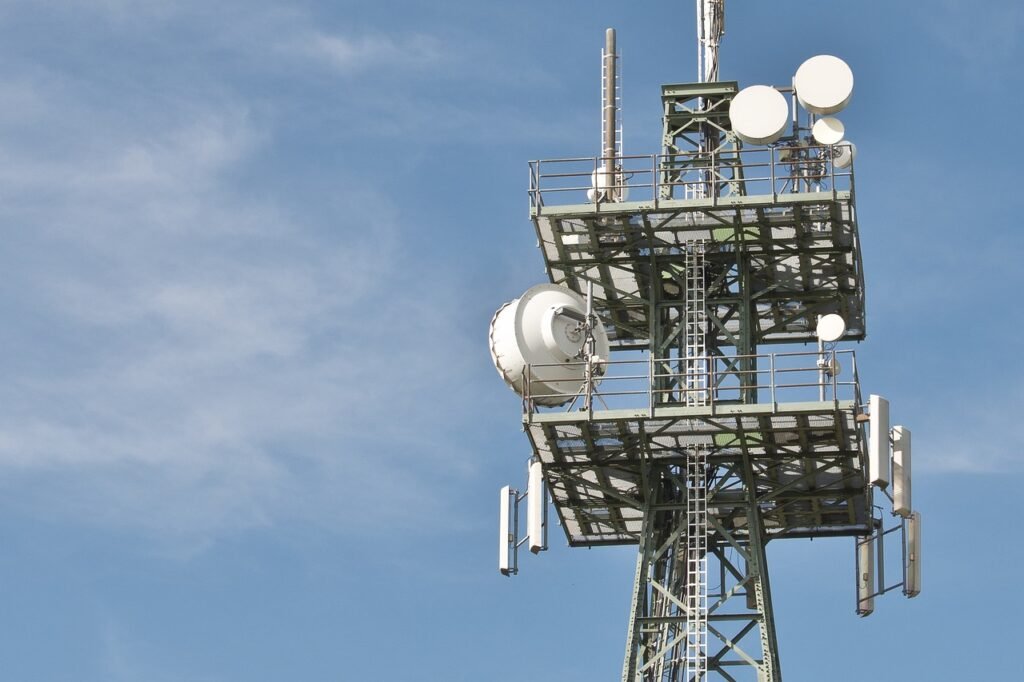
The journey of IoT and 5G integration is just beginning, and the road ahead is filled with exciting possibilities. As these technologies continue to evolve, they will drive further innovation and bring about transformative changes across various sectors.
Standardization and Interoperability
One of the key challenges moving forward is ensuring the standardization and interoperability of IoT devices and 5G networks. Developing universal standards will enable seamless communication between different devices and systems, fostering a more cohesive and efficient IoT ecosystem.
Policy and Regulation
Effective policy and regulation are essential to support the growth of IoT and 5G. Governments and regulatory bodies need to establish frameworks that ensure the security, privacy, and ethical use of data, while also promoting innovation and investment in these technologies.
Collaborative Efforts
The successful implementation of IoT and 5G requires collaborative efforts from various stakeholders, including technology companies, governments, and industry leaders. Partnerships and collaborations will drive the development of innovative solutions and help overcome the challenges associated with these technologies.
Emerging Trends and Future Opportunities
Blockchain Integration
Blockchain can enhance the security and transparency of IoT data transactions by providing a decentralized and tamper-proof ledger. This is particularly valuable in applications such as supply chain management, where blockchain can ensure the authenticity and traceability of products.
Edge AI
Edge AI refers to the deployment of artificial intelligence algorithms directly on IoT devices at the edge of the network, rather than relying solely on cloud-based processing. With the low latency and high-speed connectivity provided by 5G, edge AI enables real-time data analysis and decision-making, which is critical for applications like autonomous vehicles and smart robotics.
5G and IoT in Agriculture
The agriculture sector stands to benefit significantly from the integration of 5G and IoT. Precision farming techniques, which rely on data from IoT sensors to optimize planting, irrigation, and harvesting, can be greatly enhanced with 5G connectivity. Farmers can receive real-time updates and insights, leading to increased yields and more sustainable farming practices.
Smart Retail Environments
Retail environments are evolving into smart retail spaces with the help of IoT and 5G. Retailers can use IoT sensors to track customer movements, preferences, and purchasing behavior. This data, combined with 5G’s rapid data transfer capabilities, allows for the creation of highly personalized shopping experiences and efficient inventory management systems.
Enhanced Public Safety
The combination of IoT and 5G has the potential to greatly enhance public safety. Smart surveillance systems equipped with IoT sensors and cameras can monitor public spaces in real-time, detecting anomalies and potential threats. Additionally, 5G-enabled communication networks ensure that emergency responders can coordinate and respond swiftly and effectively during crises.
Connected Health
The concept of connected health involves using IoT devices to create a comprehensive healthcare ecosystem. Wearable devices, smart medical equipment, and health monitoring systems can continuously track patient health metrics. With 5G’s reliable connectivity, healthcare providers can access this data in real-time, enabling proactive and personalized care.
Preparing for the Future
Investing in Infrastructure
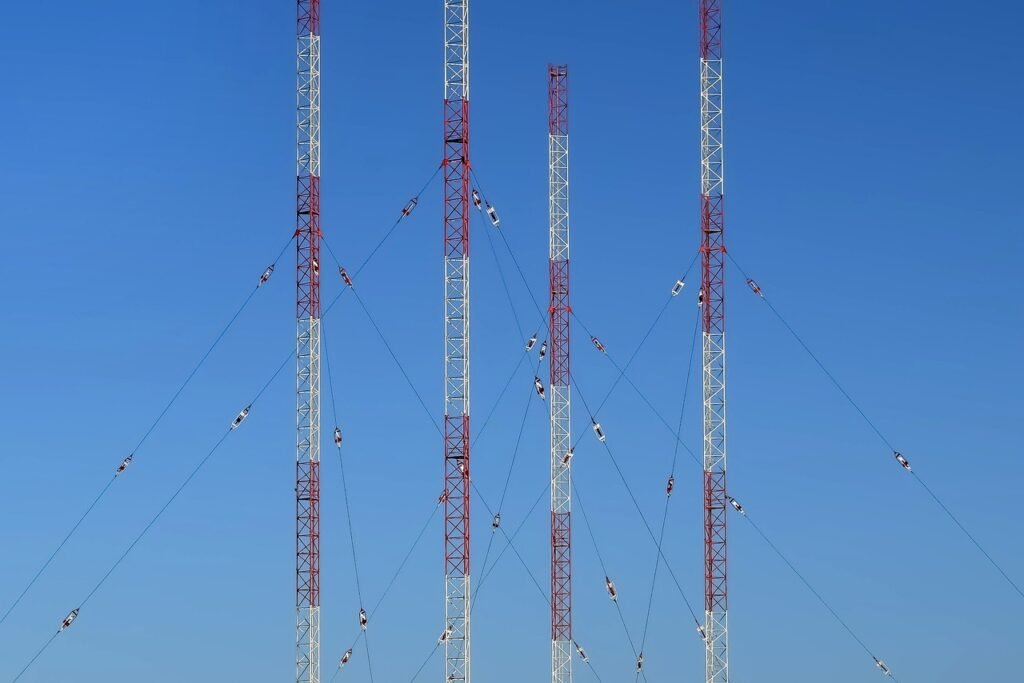
Governments and private sectors must work together to build and maintain the necessary infrastructure, including 5G towers, data centers, and IoT device networks. This investment will pave the way for widespread adoption and innovation.
Developing Skills and Expertise
As IoT and 5G technologies advance, there will be a growing demand for skilled professionals with expertise in these areas. Educational institutions and training programs need to focus on developing the necessary skills in fields such as network engineering, data science, and cybersecurity to support the growth of these technologies.
Fostering Innovation
Encouraging innovation is crucial for the continued development of IoT and 5G. Governments and industry leaders should support research and development initiatives, provide funding for startups, and create a regulatory environment that fosters experimentation and growth. Collaboration between academia, industry, and government will be key to driving breakthroughs in these technologies.
The Global Impact of IoT and 5G Technology
Economic Growth
The integration of IoT and 5G is expected to drive significant economic growth. By enabling new business models, improving operational efficiency, and creating new markets, these technologies have the potential to contribute trillions of dollars to the global economy. Industries such as manufacturing, healthcare, and retail will see substantial benefits, leading to job creation and increased productivity.
Social Benefits
Beyond economic growth, IoT and 5G can bring about numerous social benefits. Improved healthcare services, enhanced public safety, and smarter urban environments can lead to a better quality of life for people around the world. Additionally, these technologies can help address global challenges such as climate change and resource management, promoting a more sustainable and equitable future.
Global Connectivity
5G and IoT are set to bridge the digital divide by providing reliable and affordable connectivity to underserved and remote areas. This increased access to information and services can empower communities, promote education, and drive socioeconomic development. As global connectivity improves, the benefits of IoT and 5G will be more widely distributed, fostering global progress and collaboration.
Case Studies of IoT and 5G Integration
Smart City Initiatives
Several cities around the world are leading the way in smart city initiatives, leveraging IoT and 5G to enhance urban living. Barcelona is a prime example, with its extensive use of IoT sensors to manage traffic flow, monitor air quality, and optimize energy usage in public buildings. The city’s 5G infrastructure supports real-time data processing, enabling quick responses to environmental changes and improving the overall quality of life for its residents.
Healthcare Innovations
The Cleveland Clinic in the United States has implemented an advanced telehealth system powered by IoT and 5G. This continuous monitoring allows for early detection of health issues and timely interventions, reducing hospital admissions and improving patient outcomes.
Industrial Revolution 4.0
Siemens is at the forefront of integrating IoT and 5G into its manufacturing processes. The company’s smart factories utilize IoT sensors to monitor equipment performance and predict maintenance needs. 5G connectivity ensures seamless communication between machines and control systems, resulting in increased efficiency, reduced downtime, and higher productivity.
Agricultural Advancements
John Deere, Farmers can use these machines to collect real-time data on soil conditions, crop health, and weather patterns. This data-driven approach allows for precise farming techniques, optimizing resource use and boosting crop yields.
Technological Innovations Paving the Way
5G Network Slicing
Network slicing is a cutting-edge 5G technology that allows operators to create multiple virtual networks on a single physical 5G network. Each slice can be customized to meet the specific needs of different applications, whether it’s high-speed internet for consumers or low-latency communication for IoT devices. This flexibility ensures optimal performance and resource allocation across various use cases.
IoT Platforms and Ecosystems
The development of comprehensive IoT platforms is crucial for managing the vast array of connected devices. Platforms like Amazon Web Services (AWS) IoT Core and Microsoft Azure IoT Hub provide robust solutions for device management, data processing, and analytics.
Artificial Intelligence and Machine Learning
The integration of AI and ML with IoT and 5G is driving significant advancements across industries. AI algorithms can analyze data from IoT devices to identify patterns, predict outcomes, and optimize operations. For example, in smart cities, AI can analyze traffic data to predict congestion and suggest alternative routes, while in healthcare, it can assist in diagnosing diseases based on data from wearable devices.
Addressing Challenges and Ensuring Success
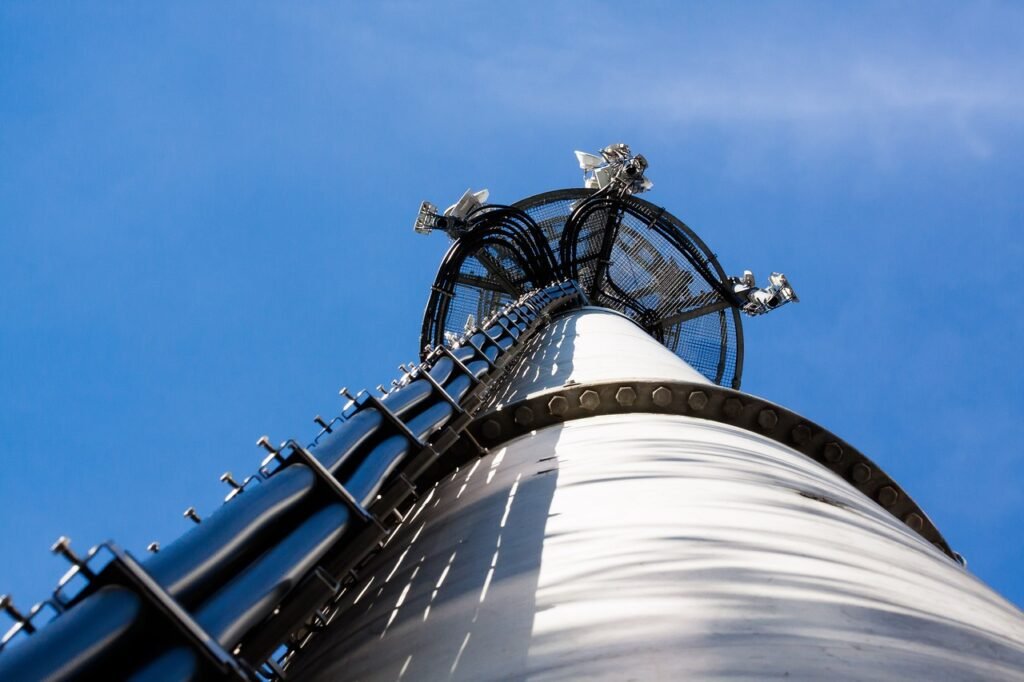
Ensuring Security and Privacy
Robust encryption protocols, secure authentication mechanisms, and regular software updates are essential to protect data and prevent unauthorized access. Additionally, regulatory frameworks must be established to safeguard user privacy and data integrity.
Overcoming Infrastructure Barriers
Deploying the necessary infrastructure for IoT and 5G can be challenging, particularly in rural and remote areas. Governments and private sectors must collaborate to invest in infrastructure development, ensuring that the benefits of these technologies are accessible to all. Public-private partnerships and innovative funding models can help overcome these barriers and accelerate deployment.
Promoting Interoperability
Interoperability between different IoT devices and platforms is critical for seamless integration and operation. Establishing universal standards and protocols will facilitate communication and data exchange across devices, ensuring a cohesive and efficient IoT ecosystem.
FAQs
What is IoT?
IoT (Internet of Things) refers to a network of physical devices, vehicles, appliances, and other items embedded with sensors, software, and connectivity. These devices can collect and exchange data, allowing them to communicate and interact with each other over the internet. This connectivity enables a range of applications, from smart homes and cities to industrial automation and healthcare.
How does 5G enhance IoT?
5G enhances IoT by providing higher data speeds, lower latency, and the capacity to support a large number of connected devices simultaneously. This improved connectivity allows IoT devices to transmit and receive data more quickly and reliably, enabling real-time applications and more efficient data processing. The combination of 5G and IoT opens up new possibilities for innovation across various sectors.
What are the key benefits of integrating IoT with 5G?
The key benefits of integrating IoT with 5G include:
- Enhanced connectivity: Faster and more reliable data transmission.
- Low latency: Immediate data processing and real-time applications.
- Massive device support: Ability to connect a large number of devices simultaneously.
- Increased efficiency: Improved operational efficiency and automation.
What are the challenges of deploying IoT and 5G?
- Infrastructure development: Building and maintaining the necessary infrastructure for widespread adoption.
- Interoperability: Ensuring seamless communication and integration between different devices and platforms.
- Regulation and standards: Establishing regulatory frameworks and standards to promote safe and efficient use of these technologies.
How does IoT improve healthcare?
IoT improves healthcare by enabling remote patient monitoring, telemedicine, and the use of smart medical devices. Wearable sensors can continuously track vital signs and transmit data to healthcare providers in real time. This continuous monitoring allows for early detection of health issues, timely interventions, and personalized treatment plans, ultimately improving patient outcomes and reducing hospital visits.
What role does AI play in IoT and 5G integration?
AI (Artificial Intelligence) plays a crucial role in IoT and 5G integration by enabling predictive analytics, automation, and enhanced user experiences. AI algorithms can analyze data from IoT devices to identify patterns, predict outcomes, and optimize operations. In smart cities, AI can manage traffic flow and energy consumption, while in healthcare, it can assist in diagnosing diseases and predicting patient health trends.
What are some real-world applications of IoT and 5G?
Some real-world applications of IoT and 5G include:

- Manufacturing: Smart factories, predictive maintenance, and automation.
- Agriculture: Precision farming, real-time monitoring of crops and livestock.
- Retail: Personalized shopping experiences, inventory management, and smart shelves.
- Transportation: Connected and autonomous vehicles, real-time tracking of goods.
How will IoT and 5G impact the future?
IoT and 5G will impact the future by driving innovation, improving efficiency, and enhancing the quality of life across various sectors. These technologies will enable the development of smart cities, advanced healthcare solutions, efficient industrial processes, and sustainable agriculture. As IoT and 5G continue to evolve, they will create new opportunities and address global challenges, leading to a more connected and intelligent world.
What are the economic benefits of IoT and 5G?
The economic benefits of IoT and 5G include increased productivity, cost savings, and the creation of new markets and business models. These technologies can streamline operations, reduce downtime, and improve resource management, leading to higher efficiency and profitability. Additionally, the widespread adoption of IoT and 5G can drive economic growth by fostering innovation and creating new job opportunities.
How can businesses prepare for IoT and 5G integration?
Businesses can prepare for IoT and 5G integration by:
- Investing in infrastructure: Upgrading networks and systems to support IoT and 5G connectivity.
- Developing skills: Training employees in relevant technologies such as network engineering, data science, and cybersecurity.
- Collaborating: Partnering with technology providers, industry experts, and regulatory bodies to stay informed and compliant.
- Innovating: Exploring new applications and business models that leverage IoT and 5G capabilities.
- Ensuring security: Implementing robust security measures to protect data and devices from cyber threats.
What Level of Education is Required for Artificial Intelligence?
What are the most groundbreaking inventions in technology in 2024?


